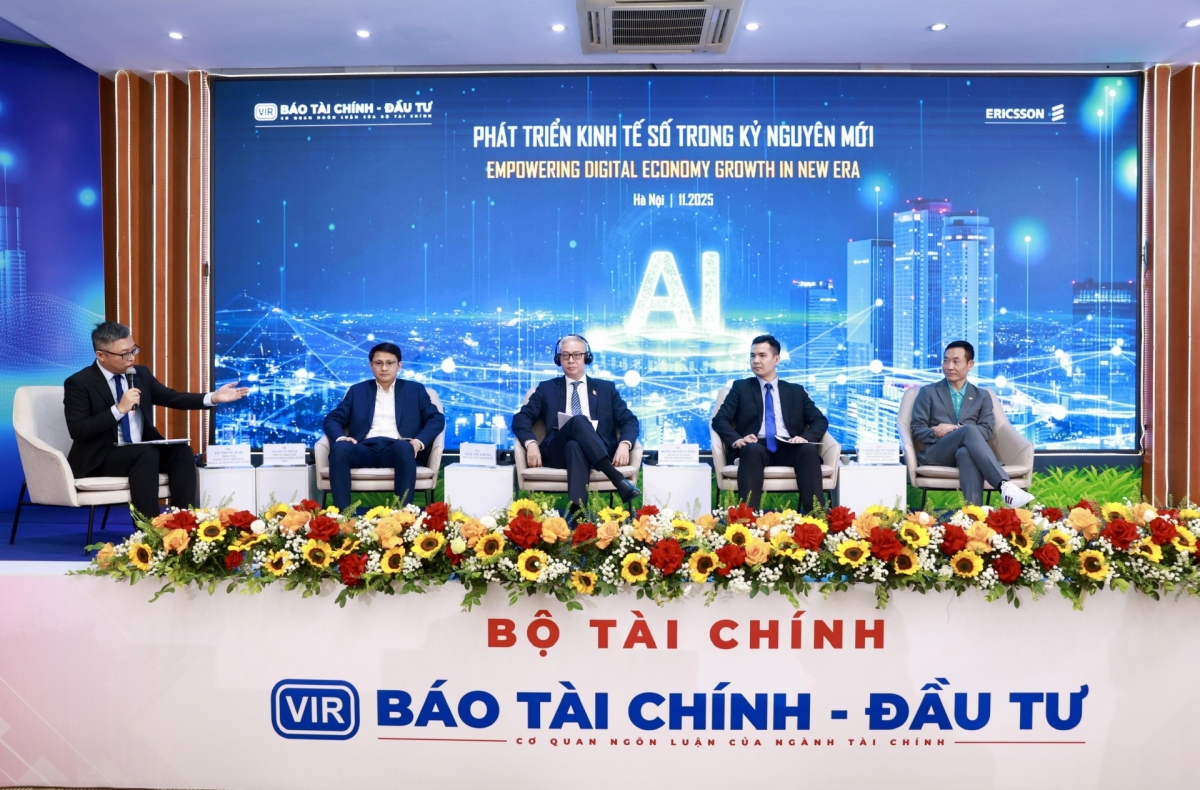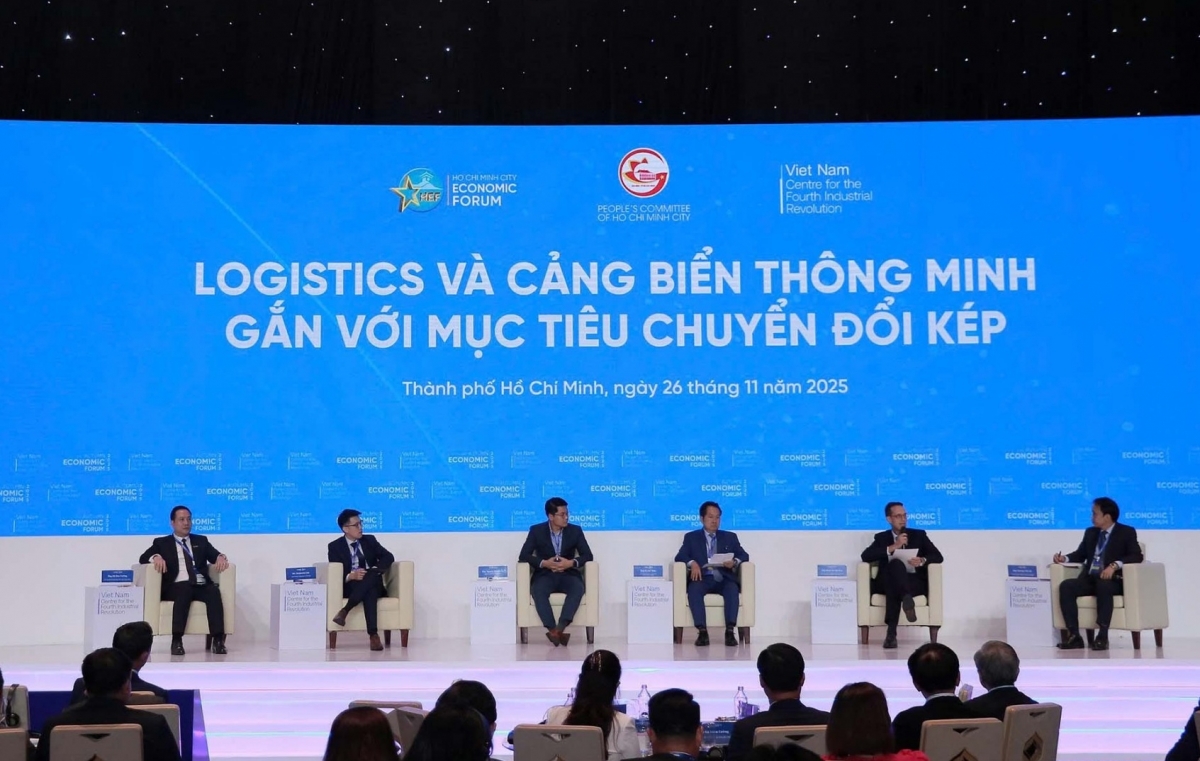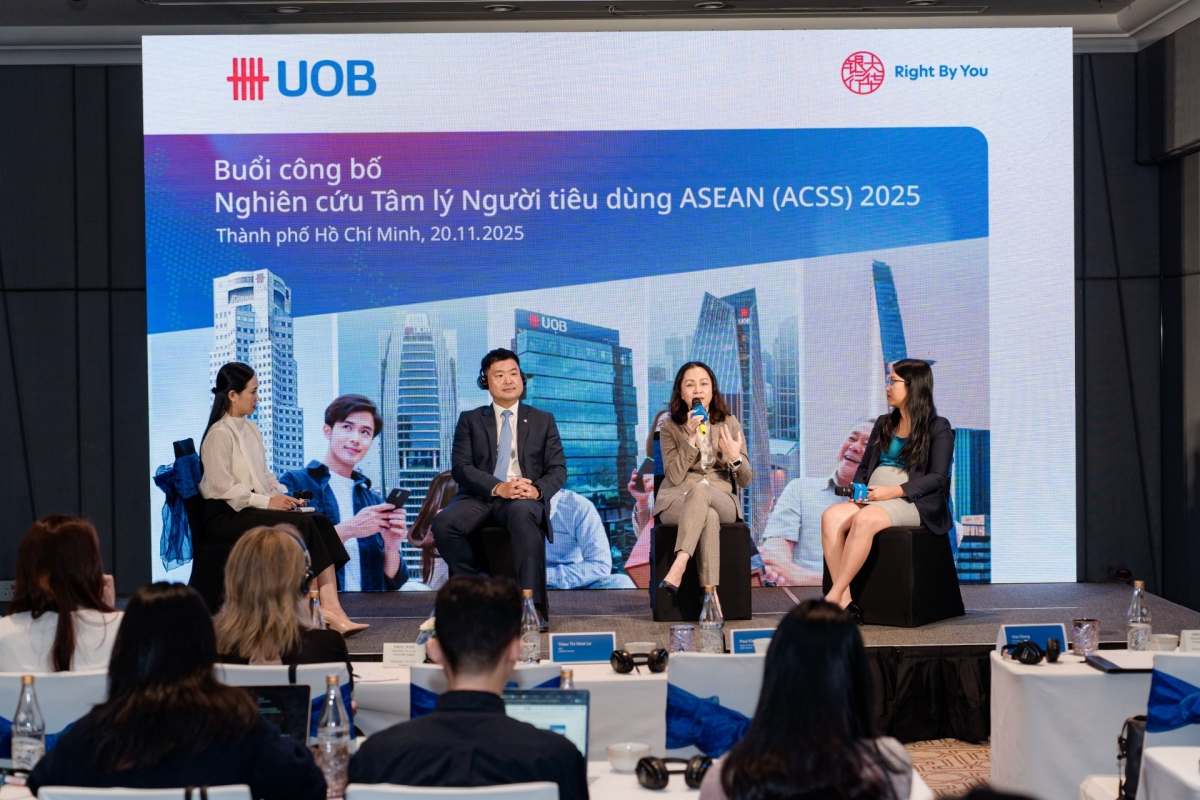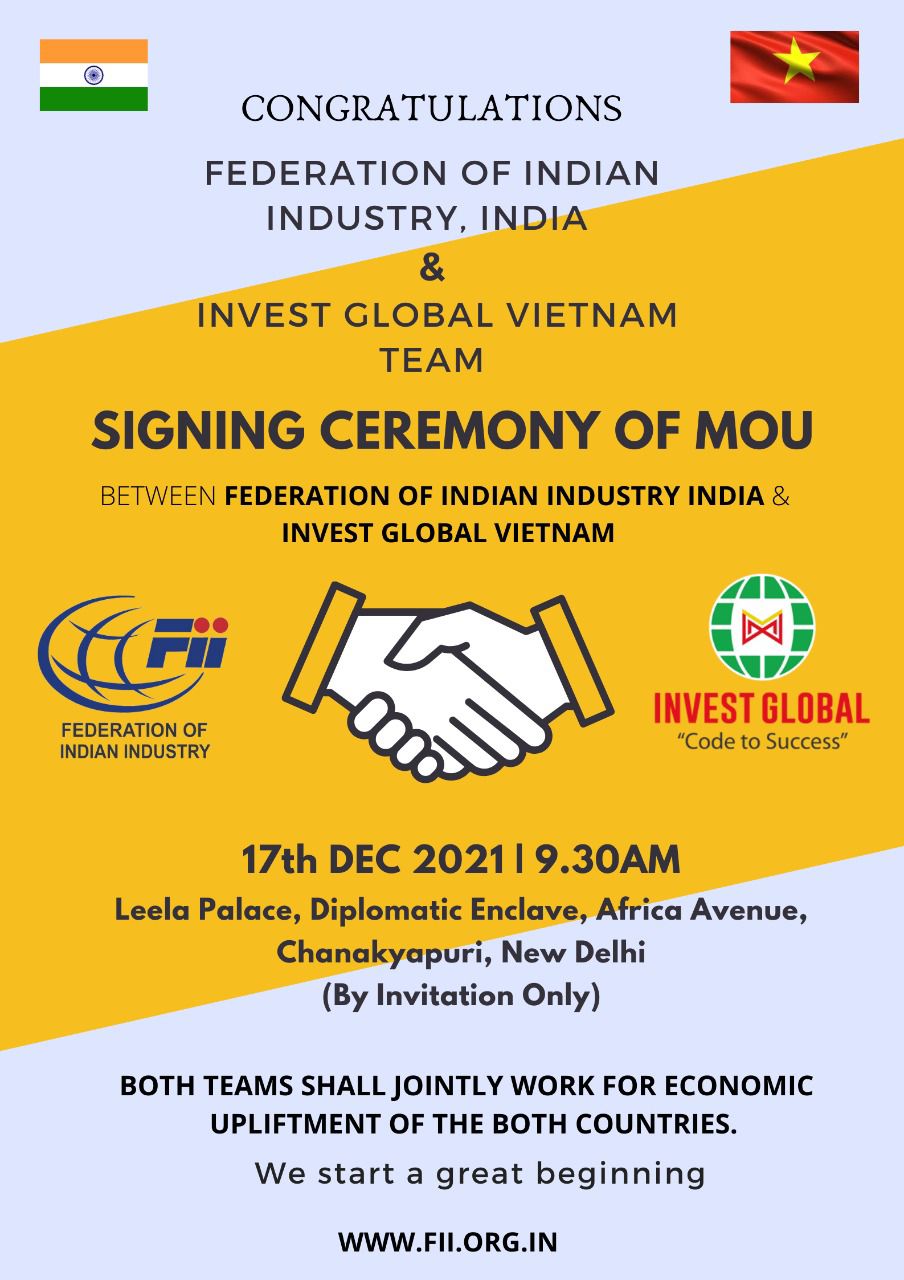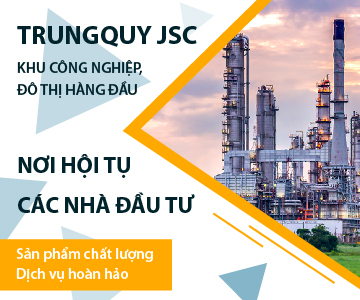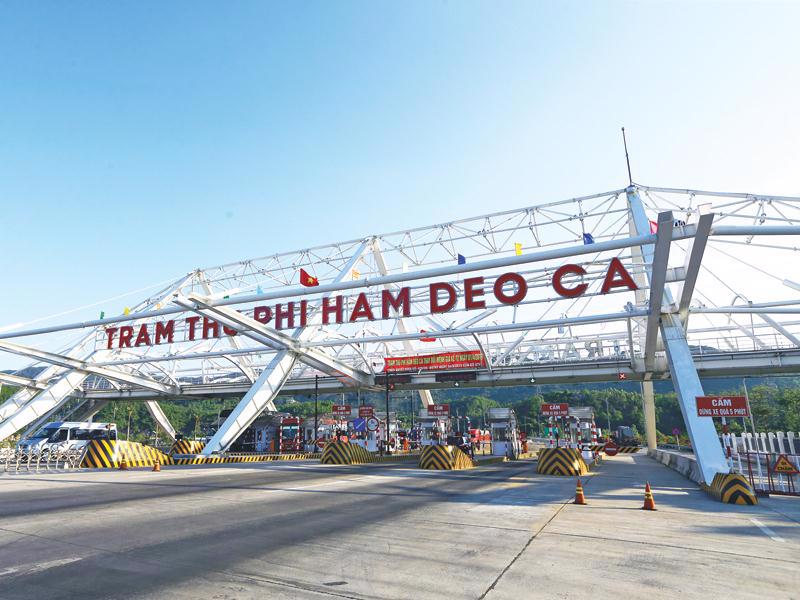INTERNATIONAL INVESTMENT
AND PORTAL

On August 7, Acclime announced the release of its latest publication, “Manufacturing & Supply Chain in Vietnam: Navigating Through Trade Crosswinds 2025–2026”, in strategic collaboration with BW Industrial.
The report pointed out that in the first quarter of 2025, the manufacturing sector attracted 318 new projects with a total registered capital of approximately $2.62 billion, accounting for over 60 per cent of total new FDI, which clearly dominates the real estate and wholesale and retail sectors.
FDI in Vietnam’s manufacturing sector is surging, led by global technology giants such as Samsung, Canon, Intel, Foxconn, LG, and Panasonic in key industrial localities like Bac Ninh, Bac Giang, Haiphong, Binh Duong, and Ho Chi Minh City. Beyond technology, new FDI is flowing into sectors like textiles, with Sweden’s SYRE investing nearly $1 billion in a high-tech, green-energy garment complex in Binh Dinh, and healthcare, exemplified by the VNVC vaccine plant in Long An. These leading global brands serve as nuclei forming satellite manufacturing ecosystems, creating a ripple effect within global supply chains and enhancing Vietnam’s strategic position on the regional industrial map.
The share of FDI in manufacturing has steadily increased in recent years, reflecting sustained confidence from international investors, especially amid the growing global supply chain trends of “friendshoring” and “nearshoring”. Within this trend, Singapore leads new investment into Vietnam with $2.41 billion (25.9 per cent), followed by China ($2.13 billion, 22.9 per cent), Sweden, Taiwan, Japan, Hong Kong, and the British Virgin Islands. Additionally, large-scale investments in high technology, particularly in semiconductors and electronics, not only generate high added value but also promote technology transfer, positively contributing to Vietnam’s industrial modernisation goals.
The latest survey by the General Statistics Office shows that 87 per cent of foreign-invested enterprises in the processing and manufacturing sector are optimistic about their business prospects, demonstrating strong confidence in the investment environment and the long-term growth potential of Vietnam’s economy.
Beside opportunities, Vietnam’s manufacturing sector is facing significant challenges. These include pressure to transition to green production to meet international environmental standards, as well as risks arising from global economic and geopolitical fluctuations. An unstable power supply also poses difficulties for businesses. In addition, dependence on supply chains for components from China and policies requiring localisation ratios in key export markets further increase the sector’s vulnerability.
To address these challenges, Vietnam is actively reforming its legal framework on foreign investment. In June, the National Assembly passed the Law on the Digital Technology Industry, introducing specific provisions to support research, production, and investment in areas such as AI and semiconductors. The law also facilitates the issuance of five-year temporary residence cards for qualified foreign professionals.
Incentive policies focus on reducing corporate income tax rates to levels below the global average, with special incentives for high-tech projects and disadvantaged areas. Vietnam also offers exemptions and reductions for import duties on raw materials and components not yet produced domestically. This is coupled with land rent incentives, especially in high-tech zones, with exemptions of up to 15 years, as well as depreciation and expense incentives under tax and accounting laws.
Furthermore, the government has simplified administrative procedures by implementing “green lanes” for large-scale and high-tech projects and is proposing the establishment of investment support funds for innovation, semiconductors, AI, and research and development projects.
“Despite the latest challenges, Vietnam’s manufacturing remains a window of opportunity for investors. For example, free trade agreements provide Vietnam with preferential trade access to markets encompassing over 3.5 billion people, accounting for nearly half of the global population. This expansive reach significantly enhances Vietnam’s export potential and attractiveness to foreign investors. With Vietnam’s impressive growth rate and evolving development policies, we believe that the country’s manufacturing sector will make significant strides, reinforcing its vital position in the global supply chain,” said Vlad Savin, partner at Acclime Vietnam.
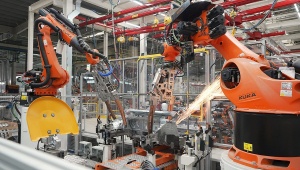 Manufacturing sector bounces back to growth in July
Manufacturing sector bounces back to growth in July
The Vietnamese manufacturing sector returned to growth in July as new orders supported a faster rise in production.
 Repositioning FDI due to global trends
Repositioning FDI due to global trends
Vietnam is making efforts to turn itself into a destination of high-quality foreign investment. Salvatore Banco, head of Ho Chi Minh City and South China for D’Andrea & Partners, writes about how to reposition this kind of funding in the context of emerging global trends.
 FDI in Vietnam surges on strong reinvestment and share purchases
FDI in Vietnam surges on strong reinvestment and share purchases
Foreign investment in Vietnam continues to rise sharply, driven by capital adjustments and share purchases, despite a dip in newly registered funds.
